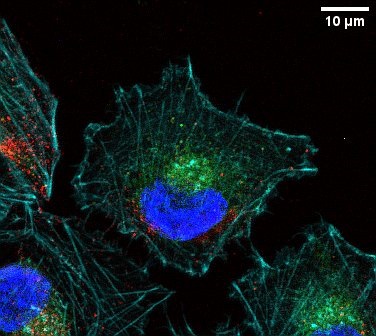Innovative Nanomaterial Efficiently Harvests Drinking Water from Air

In a remarkable advancement in water purification technology, an international team of researchers has developed a lightweight nanomaterial capable of extracting clean drinking water directly from atmospheric vapor. The research, spearheaded by Nobel Laureate Professor Sir Kostya Novoselov from the University of Manchester and Professor Rakesh Joshi of the University of New South Wales, presents a solution to the global water crisis that affects billions of individuals.
The novel nanomaterial, engineered from graphene oxide and calcium ions, boasts the ability to absorb over three times its weight in water. This innovative design not only enhances the material's water-retaining capabilities but also allows for efficient release of the absorbed water with minimal energy input. "Our technology will find applications in regions with sufficient humidity yet limited access to clean potable water," stated Professor Joshi.
Graphene oxide, recognized for its single-atom-thick carbon structure, has been enhanced by intercalating calcium ions, which significantly strengthens the hydrogen bonding network responsible for attracting water molecules. The synergistic effect of this combination allows the nanomaterial to outperform its individual components. Xiaojun Ren, a researcher at UNSW's School of Materials Science and Engineering and the first author of the study, explained, "When we measured the amount of water adsorbed onto the calcium-intercalated graphene oxide, we found it exceeded the sum of the individual components. It’s akin to 1+1 equalling more than 2."
The research, published in the Proceedings of the National Academy of Sciences on June 23, 2025, utilized advanced computer simulations alongside experimental methods, facilitated by the Australian National Computational Infrastructure's supercomputer capabilities. Professor Amir Karton, who led the computational efforts, emphasized the importance of understanding molecular interactions to further improve atmospheric water generation systems.
To maximize performance, the researchers shaped the calcium-intercalated graphene oxide into an aerogel, one of the lightest materials available, characterized by its porous structure. This design not only accelerates water absorption but also simplifies the process of releasing water through mild heating, requiring only a temperature increase to about 50 degrees Celsius. "The only energy this system requires is the small amount needed to heat the system to about 50 degrees to release the water from the aerogel," noted Professor Daria Andreeva, a co-author of the research.
While still in the early stages of development, the project has attracted interest from industry partners who are collaborating to scale up the technology and create a working prototype for practical applications. The implications of this research extend beyond immediate water access; they present a sustainable approach to addressing water scarcity in both developed and developing regions.
The collaborative effort represents a significant step towards solving the pressing challenge of clean water availability. Global water stress is projected to worsen due to climate change and population growth, making innovations like this nanomaterial essential for future water security. As research continues, the potential for this technology to revolutionize water sourcing in arid climates remains a hopeful prospect, paving the way for further advancements in sustainable resource management.
Advertisement
Tags
Advertisement





